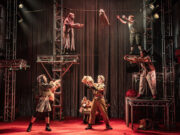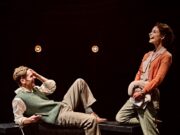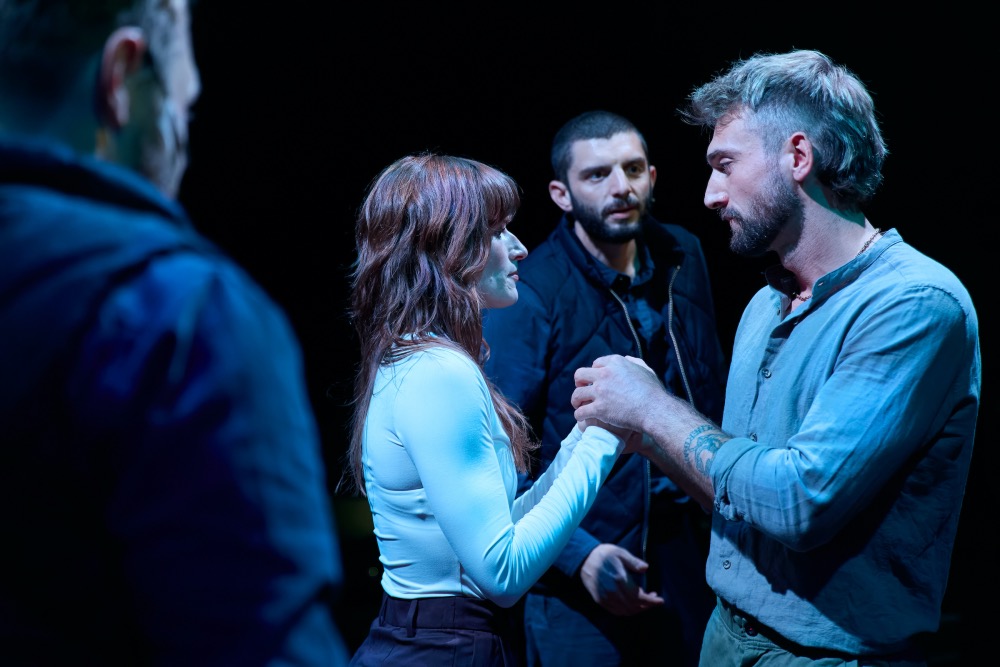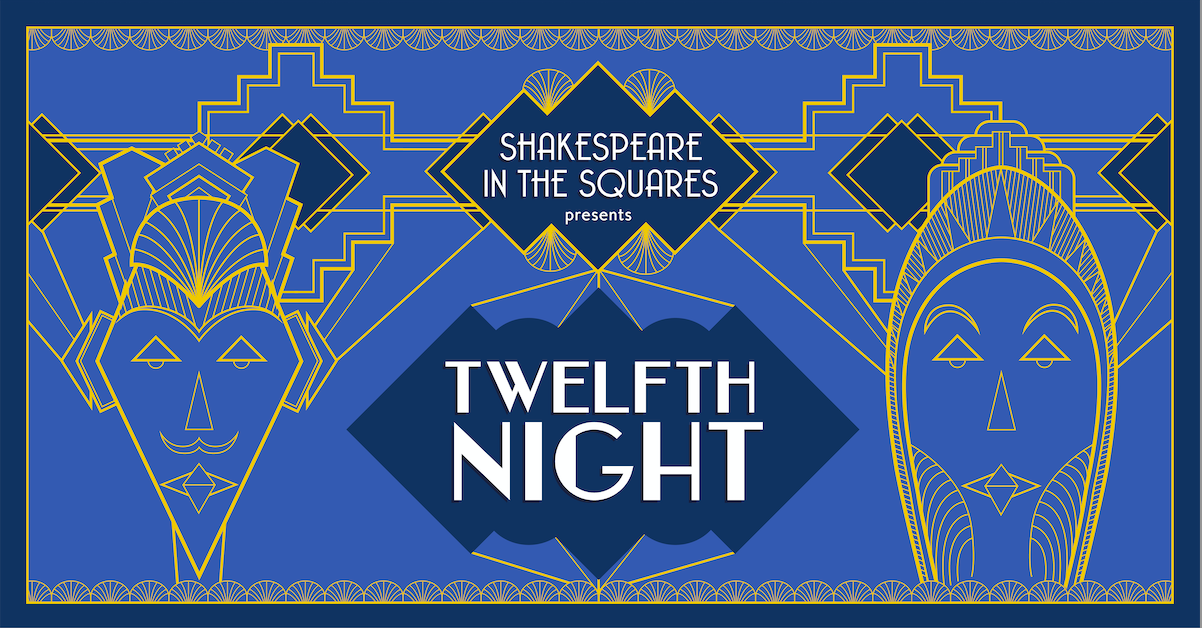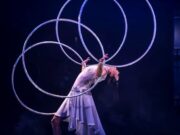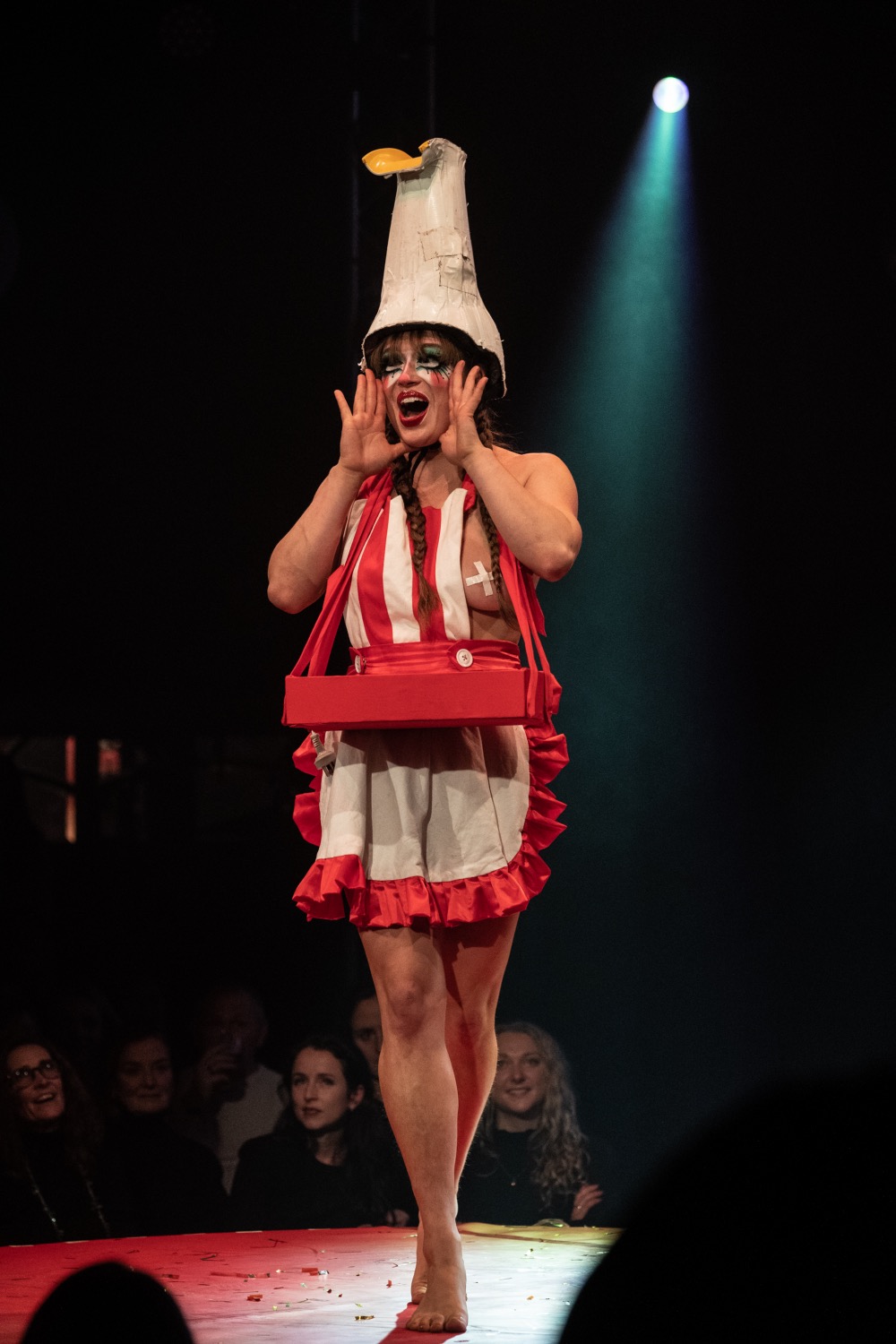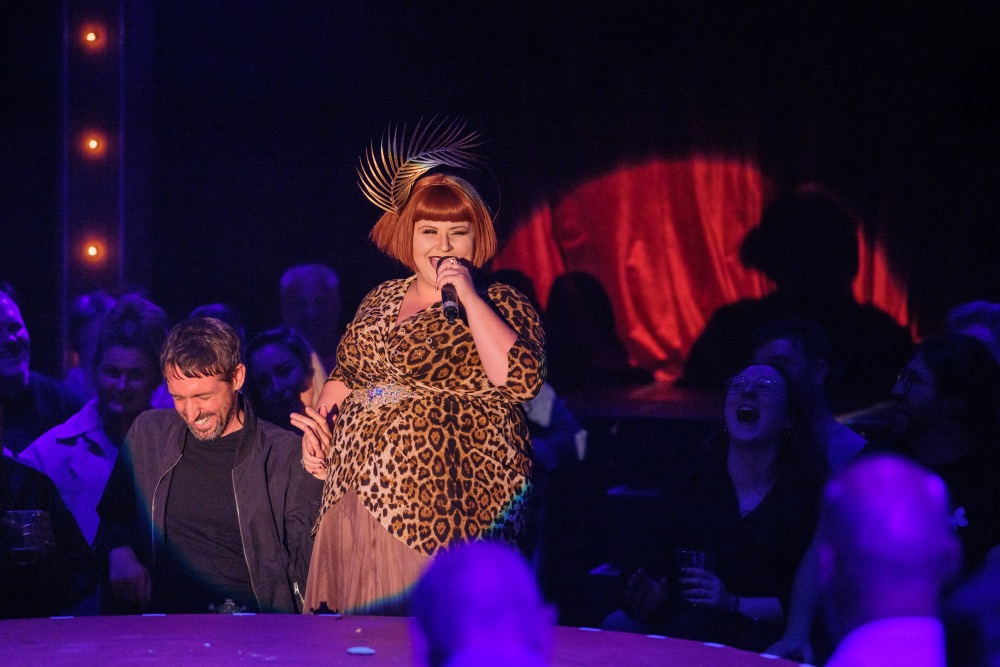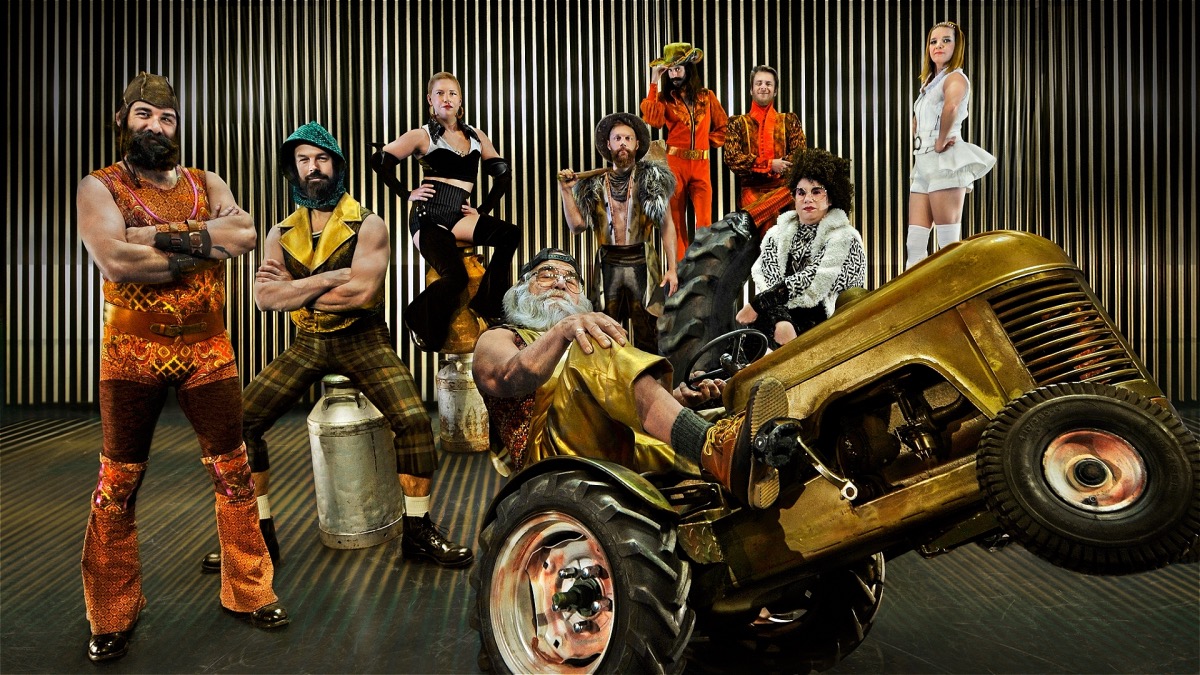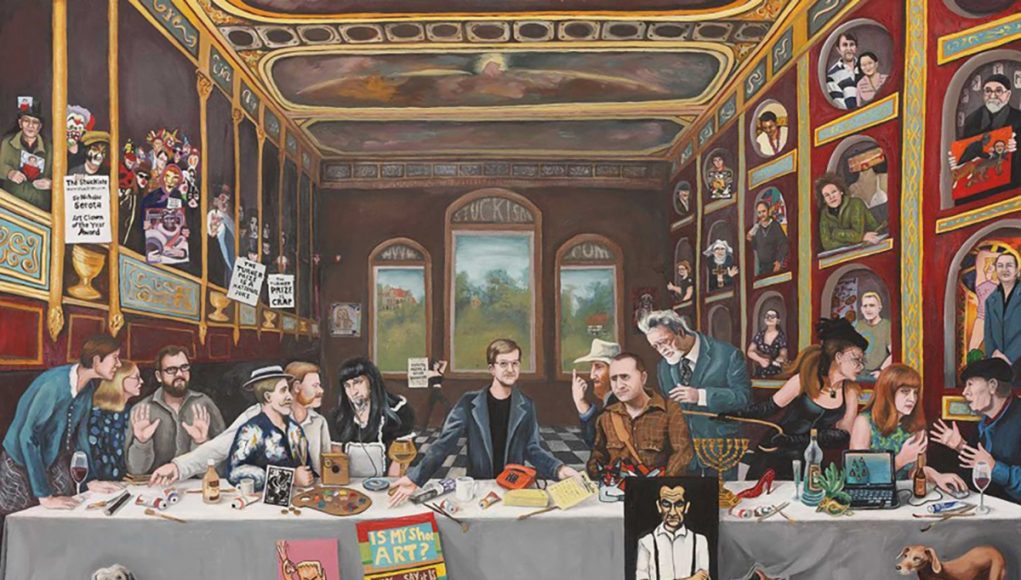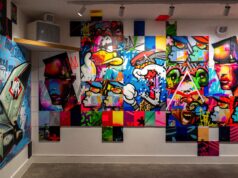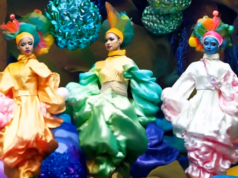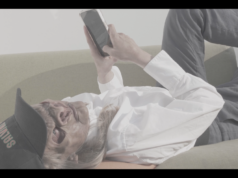Eli Plater-Shaw tells the Artiscape about how the movement came about.
My first experience of Stuckism was watching members, of the newly formed art group, protesting outside the Tate, in London. They were protesting against the Turner Prize and the art establishment, in particular, against conceptual art.
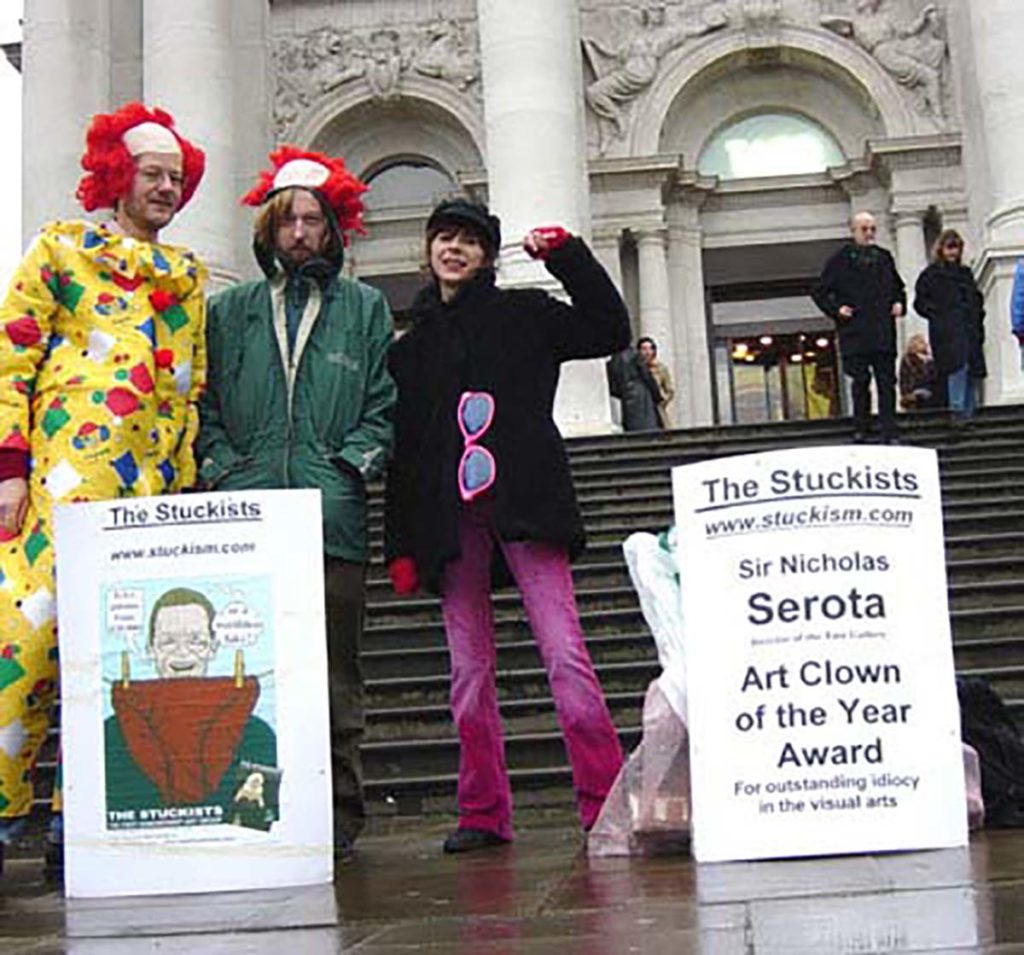
Originally I thought, like many people, that they were merely a bunch of crazy artists, but once I had researched Stuckism, I realized they were producing the type of important, meaningful artwork that I wanted to see. They are now rapidly becoming recognized as a serious “anti-anti-art movement’.
The term ‘Stuckism’, like so many great art movements, started out as a criticism. It was made by the British conceptual artist Tracey Emin. She insulted her ex-boyfriend, former Stuckism member and founder, Billy Childish, by saying his work was ‘Stuck’.
Your paintings are stuck,
you are stuck!
Stuck! Stuck! Stuck!Tracey Emin
T
The conceptual movement in art was born from the Dada anti-art movement, in particular, Duchamp’s found object, a urinal he called ‘Fountain’, produced in 1917.
Since then, conceptual art has offered Tracey Emin’s bed (complete with condoms and menstrual stained knickers), Bags of rubbish (removed from the gallery accidentally by cleaners) and rooms of ‘fresh air’, all reflecting our throw away commercial society.
In 1999 Charles Thompson co-founded the ‘Stuckism’ group as a reaction to conceptual art. The Stuckists believed it was time to ‘re-modernise’ art, incorporating ‘a renewal of Spiritual values for art, culture and society to replace the emptiness of current Postmodernism’ (An Antidote to the Ghastly Turner Prize, The Stuckists, Victoria Press).
The group encouraged new members to join. The specifications given to enlisting artists were that they: painted figurative art with meaning, preferably paintings and drawings; had read and agreed with the Manifesto and had sent an email of application to the founder of the group. Several manifestos were produced including, the first and best known ‘The Stuckists’, which was produced in 1999 (To view this, go to the website).
This became like a bible for many artists who had been disenchanted by the art school education system and the art establishment. Bizarrely, before long, Charles had a core group of 12 followers and fellow Artist Ella Guru painted the group in her iconic work ‘The Last Supper’.
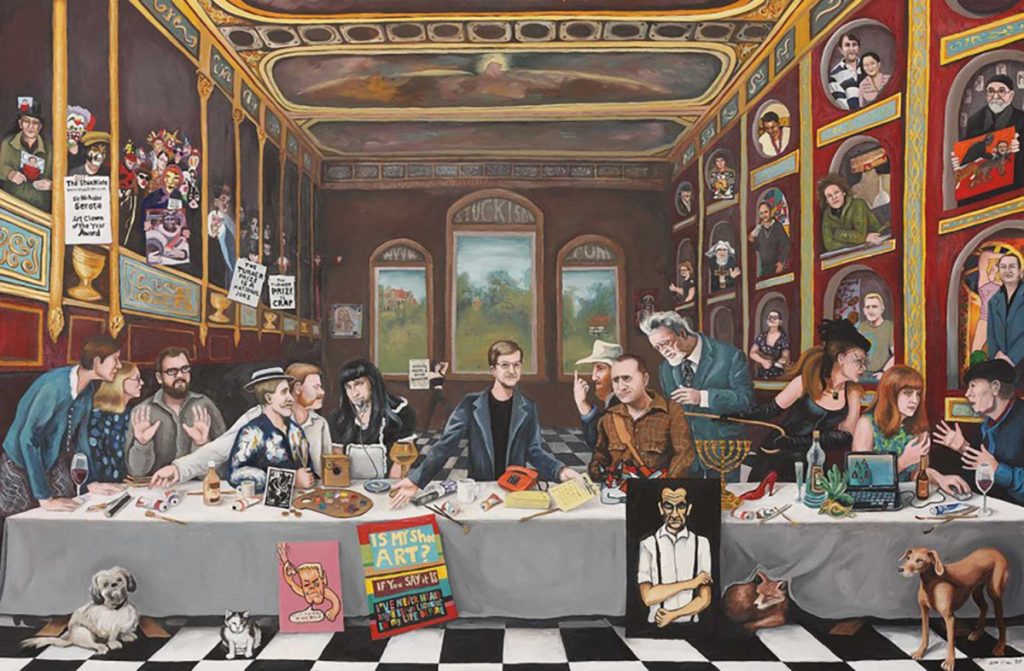
A website was set up to promote the group. The Stuckists were ground-breaking because Stuckism was the first art movement to promote themselves using the internet. Exhibitions were organised and criticized. Soon the Stuckists were attracting the attention of the broadsheet newspapers. Within 12 years Stuckism had over 200 groups in 47 countries.
I became the founder of the Malaga Stuckists group in Spain in 2009. This is mainly an international group of artists. Spain has its own similar art movement called Hartismo. They are very closely related to the Stuckists and exhibit regularly with them.
“The reason I am writing this article is that I would like to publicly thank Charles Thompson for all his efforts and dedication to the group. He has given a voice and recognition to so many artists, who would probably now be working away on their own, in isolation, moaning quietly to themselves about the state of the art world.”
Eli Plater-Shaw
[Charles Thompson] has been brave enough to confront the art establishment head-on.
He is responsible for: creating true friendships between artists: giving countless people the opportunity to see the kind of artwork they adore: giving artists exhibition opportunities that they would never have been able to secure otherwise; inspiring artists to keep on creating their art, despite their artwork being ‘unfashionable’; encouraging those artists who are not in a position to get an art college education; fighting for the equal rights of artists to exhibit and be recognized by the current art establishment, etc.
The Stuckists and their art works.
One of the reasons that Stuckism was not taken seriously originally, was because Stuckist work differs in so many different, stylistic ways. What links us all together, as a group, is our common purpose, as expressed in the Stuckism Manifesto. We all paint figuratively and all include meaning in our paintings.
“We are all inspired by artists of the past.”
The criticism, that we are ‘Stuck’ in the past, is absurd. Each of us, redefine the ‘human condition’ according to our own experiences of this subject. Thus, our art work is anything but ‘Stuck’.
Here are a few examples of these different styles of work:
Chris Yates
“My work draws its inspiration from the ‘ Christian Mystics ‘ of the Middle Ages, and, in particular, the book ‘ The Cloud of Unknowing ‘ and the poetry of St John of the Cross. The symbolism, in my work, suggests an ‘unknowing ‘ of the dogma and politics surrounding ‘God’ in an effort to have a ‘pure’ relationship with ‘ that that caused us to exist’.”
Chris Yates, Artist
Miguel-Anxo Varela.
“I want my paintings to reflect the beauty, which amazes me, in many of the things I see every day.”
Carmen Martin
“The Emperor’s New Clothes” – Carmen Martin “I want my pictures to be seen and interpreted by the viewer, as images of strong love and passion.”
Wolf Howard
“Superpowerless was first painted (there have been about 5 copies to date) one month after the planes hit.
It is meant to say that, however powerful America, or any other country, think they are, there will always be something that they cannot defend against.
I also painted it with a biblical theme in mind, the pleading to a god that seems unable to help.”
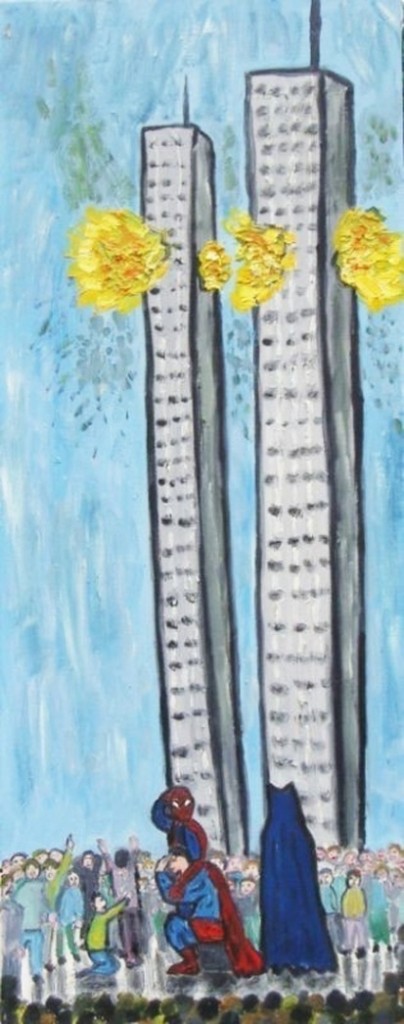
“I paint mainly to share my little view of the world with anyone willing to look. That is all my art is about. I suppose it may please people who don’t like war, do like animals and who see the humour and slight sadness in everyday life.”
Wolf Howard
“It’s fairly big, about six feet high; painted on a re-cycled panel to make its ecological point, My thesis is that the oil companies are actually keen to use up all the oil as quickly as possible because when, inevitably, better forms of energy are perfected, oil will lose its value and the oil lobby will lose its power. Back in the dawn of motorin, the Stanley brothers perfected a steam driven car, which could cross the states on half a gallon of kerosene.”
Jonathan Xavier Coudrille
“The oil men bought up their patents and put them out of business. They built a second better version, by-passing the original patents, and there was a fatal accident that killed one of them. The other gave up and went back to making violins. We could actually have husbanded the oil and it would have lasted.”
“Our world is FLOODED with oil, and the more we waste it, the pricier it gets.”
The reason I love Charles Thomson’s artworks is that each painting is comical and as a series, the paintings are even more amusing, but the simple images produced, in a Pop Art style, say so much, about so many serious ‘human condition’ issues.
His ‘Condom’ series appears to discuss issues including: the emancipation of women; protection from death and illness; birth and the continuation of the human species; religious differences; our commercial, throw away society and the subject matter of conceptual art. Above: ‘Condom 4’ – Charles Thomson My own work is based on a variety of opposition theories. These occur in both the physical creation of the painting and of the subject matter I choose.
I discuss the ‘Human Condition’, comment on how it has evolved and what defines it in our current time. I choose subjects which are relevant to the present day. These include many issues of concern including: ecology; the distribution of political power; globalization, cultural diversity and the combining of cultures; scientific progress/theories and social science issues.
‘We are predatory animals (all be it ‘social’ animals). We are top of the food chain. Despite our awesome intelligence, we all behave in dreadful ways, at some points in our lives. We are all capable of committing horrendous crimes against each other, given the right circumstances. We treat each other badly and we treat other species even worse. We use our religion as an excuse to attack one another, instead of applying it in the way we should – to show forgiveness, tolerance and mercy.
Our global world is rapidly changing. We need to interact with each other in order to improve our own standard of living. We, thus, need to address our base emotions and not be afraid to talk about them and examine them.
We need to discuss our differences and accept that we might not share the same ideals as others. My butterfly is a symbol of hope. It signifies our ability to transform, against all the odds, from something ugly and greedy, into something beautiful and graceful.
During its transformation the butterfly stops and pupates. This is what we need to do. We need to stop acting in haste and think about the consequences of our actions. Maybe then we will have a right to call ourselves ‘civilised’.
There are many artists I have, regrettably, left out of this article. You can check all of these artists out on the Stuckism website: www.stuckism.com. Take a look at my own website, for details of the touring exhibition of Spanish Stuckists and guest international artists.
Artista Eli
artistaeli.com Eli Plater-Shaw. (Artista Eli).

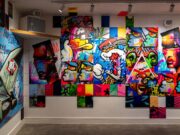
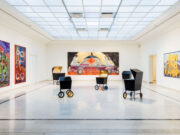
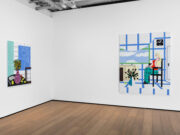
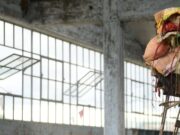
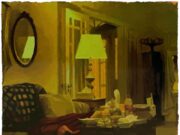

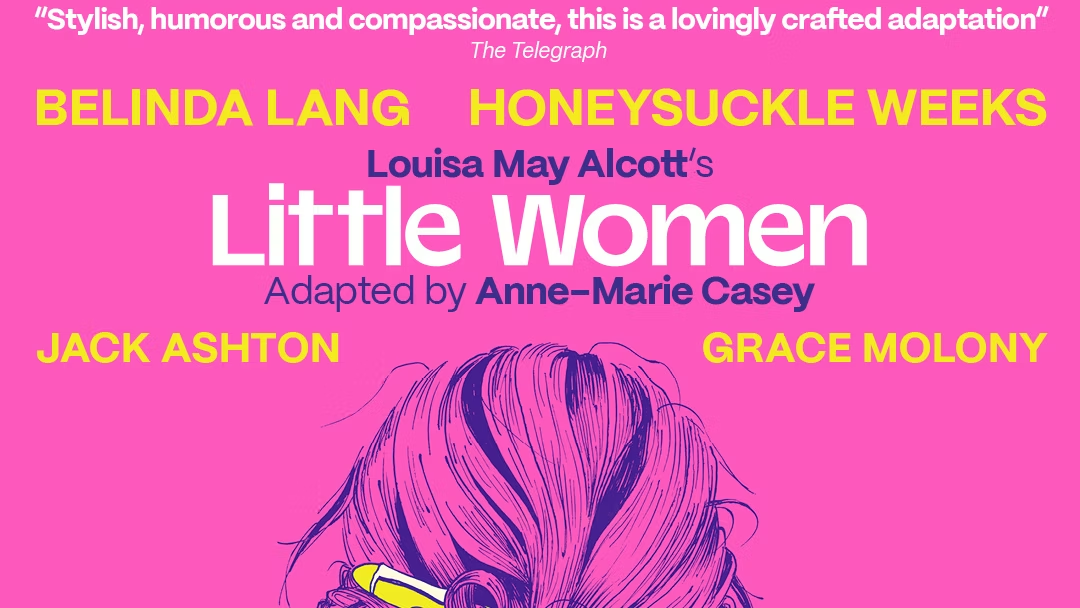

![Antigone [on strike] | Review Ali Hadji-Heshmati and Hiba Medina in Antigone [on strike] at Park Theatre, London. Photo: Nir Segal](https://theartiscapegallery.com/wp-content/uploads/2025/02/Antigone-on-strike-photo-by-Nir-Segal-D1_Standard-180x135.jpg)
